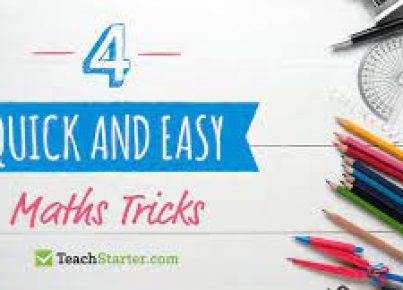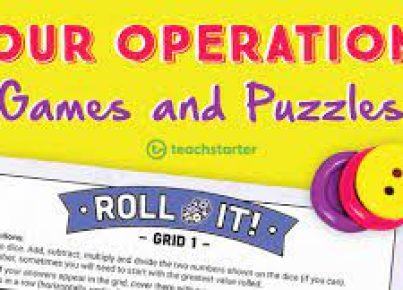Introduction
Financial literacy is a critical skill that every individual needs to navigate through life successfully. From managing personal finances to making informed decisions on investments, money skills are integral to leading a stable and prosperous life. Despite its importance, financial literacy is often inadequately addressed in traditional education systems, particularly in math classes. This article explores the reasons why teaching money skills should be an integral part of every math class.
1. Real-World Application
Incorporating money skills in math classes allows students to see the real-world application of the concepts they learn. Students often ask why they need to learn algebra or geometry, but when money management is used as a context for these subjects, their relevance becomes clear. Students can relate to budgeting, saving, and investing better than abstract mathematical concepts. Thus, teaching money skills make math more engaging and motivates students to learn.
2. Developing Financial Literacy at a Young Age
Young people need financial knowledge and skills to make informed decisions about their finances as they grow older. Introducing money management concepts in math classes early on can help students avoid financial pitfalls like excessive debt or poor investment choices later in life. Students who develop strong financial habits early are more likely to become financially secure adults.
3. Fostering Critical Thinking Skills
Tackling complex financial problems in math classes encourages students to develop critical thinking skills. Budgeting, calculating interest rates, and comparing investment options require logical reasoning and deep understanding of mathematical principles. When students apply these concepts to real-life financial scenarios, they strengthen their problem-solving abilities – a valuable skill both inside and outside the classroom.
4. Promoting Economic Awareness
Teaching money skills in math classes exposes students to key economic concepts such as inflation, taxes, supply and demand, and market fluctuations. Understanding these principles helps students make sense of world events and appreciate how economic factors impact their daily lives. Financially literate individuals are also more likely to participate in discussions about economic policy and contribute positively to their communities.
5. Bridging the Socioeconomic Gap
Financial literacy is crucial for social mobility and narrowing the socioeconomic gap. Students from low-income families may not have access to the same financial resources or knowledge as their wealthier counterparts. Integrating money management lessons into the math curriculum ensures that all students have an equal opportunity to learn essential financial skills, setting them up for success in adulthood.
Conclusion
Incorporating money skills into every math class is a necessary step towards ensuring that our students are equipped with the financial knowledge and tools they need in today’s complex economic landscape. It makes abstract mathematical concepts more engaging, instills strong financial habits early on, fosters critical thinking skills, promotes economic awareness, and helps bridge the socioeconomic gap. Consequently, integrating financial literacy in math education is crucial for raising a generation of informed and responsible adults who can confidently navigate the world of personal finance.





